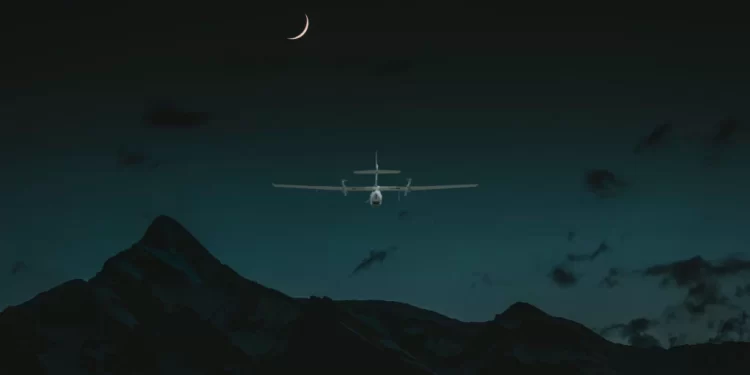Are you facing the problem of seeing clearly in the night? Then, get your hands on the best night vision drone. Flying drones can sometimes be a hobby, and other times, it is just for the importance of capturing vision. Whether they’re just long range drones you want to use for aerial shots. Moreover, these drones serve as commercial assistance for people on a rescue vision, especially at night. Most of the operations are carried out at night, especially when there is low or no light. Now, you must be wondering where to find these good drones. You don’t have to worry anymore, as your night vision will see great clarity, especially during the night. We have curated this special guide so you can get a proper idea of which drones you can use during situations with less light. So, let’s get into it without any further ado.
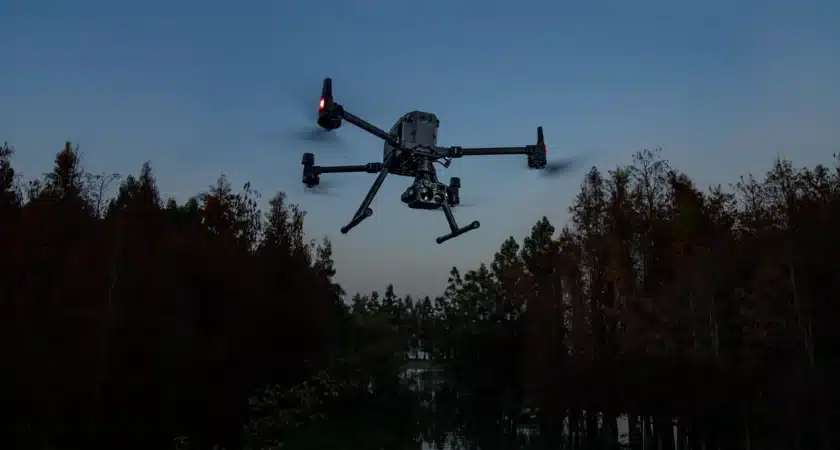
Night Vision Drone
Thermal drones are one of a kind. And just like that, night vision drone also have thermal sensors that help you see clearly into the night. Drones with vision capabilities are revolutionizing public safety by improving performance in low light or at night, essential for tasks like law enforcement and search and rescue. These drones are outfitted with sophisticated cameras, like DJI night vision Zenmuse H20N, which combines thermal imaging and night vision technology.
This enables operators to identify details and heat signatures from a distance unseen to the human eye. In this blog post, we will examine the operation of night vision equipment and its importance for enhancing safety and situational awareness. To make sure that both drone enthusiasts and public safety professionals are aware of the substantial advantages these tools provide for nighttime operations, we will also review the best night vision drones, go over their features (such as thermal sensors, digital zoom, and camera quality), and investigate their applications across a range of industries.
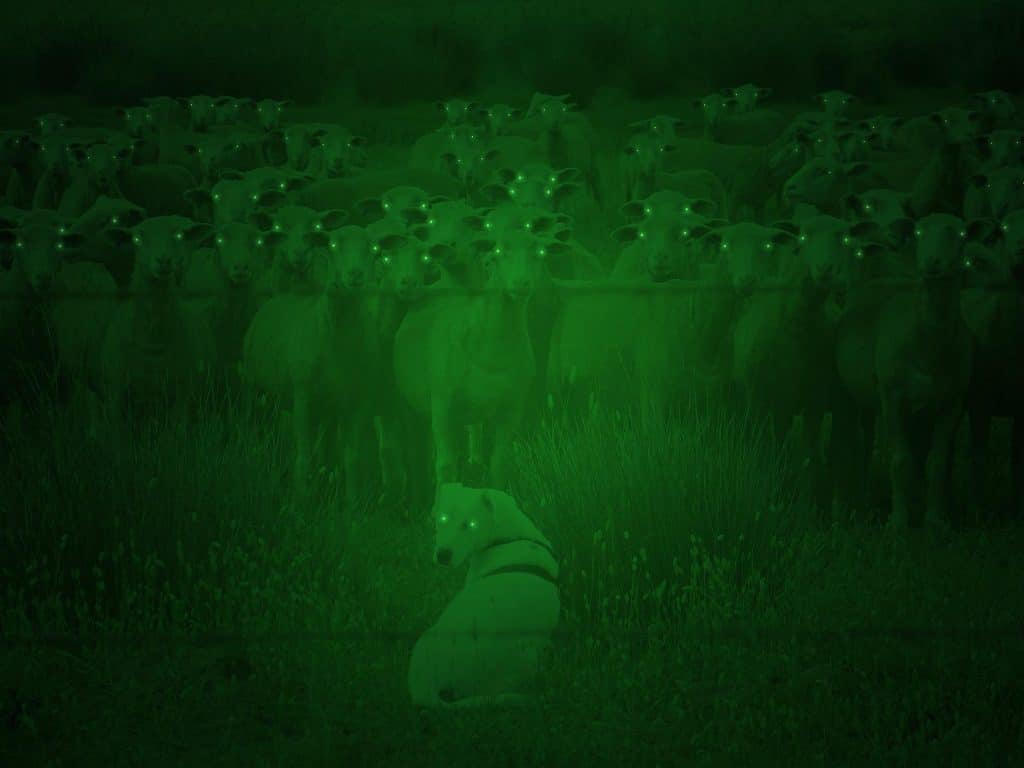
What is Night Vision in Drones?
Night vision drone can see at night thanks to sophisticated cameras installed, which can take sharp pictures and films in dim or dark environments. These specialist cameras use picture augmentation and thermal imaging technologies comparable to those found in military night vision equipment. While thermal imaging uses the heat emitted by objects to create an image, image enhancement uses the limited light already there, such as that from the moon or stars. This functionality benefits from applications ranging from law enforcement and search & rescue to wildlife monitoring and nighttime filming. Drones with night vision are becoming increasingly common as technology develops, providing valuable tools for business and leisure use.
Types of Night Vision Drones with Cameras
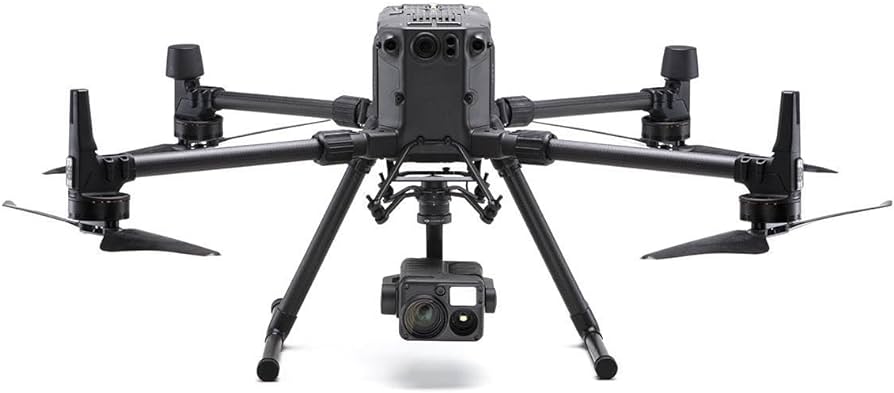
· ·Matrice 300 RTK with Zenmuse H20T
With the Zenmuse H20T camera installed, the Matrice 300 RTK drone has exceptional night vision. This arrangement includes a high-resolution thermal camera, which uses heat detection to illuminate dark areas. The drone also has a wide-angle and zoom camera for extensive surveillance. It is perfect for security or search and rescue activities at night because its laser range finder aids in precise distance measurement.

· ·Matrice 300 RTK with Zenmuse H20N
Drones with night vision capabilities, such as the Zenmuse H20N-equipped Matrice 300 RTK, improve nighttime operations. This drone offers two thermal sensors to detect heat and two starlight cameras to provide crisp images in low light. Its laser rangefinder can measure up to 1200 meters. To improve vision in low light, users can zoom in and simultaneously examine thermal and visual streams on a split screen.
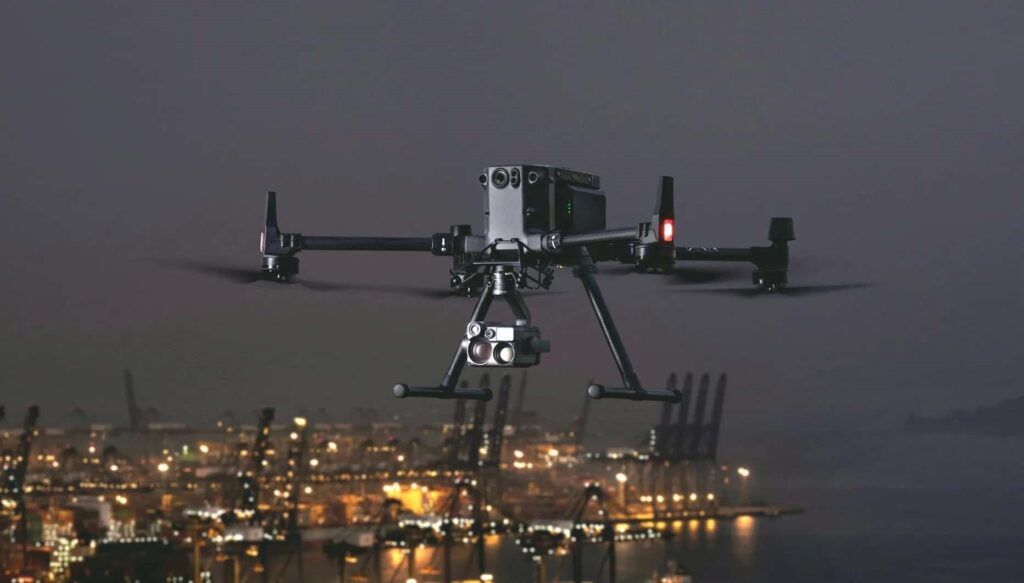
Drone with Night Vision Camera: How Do They Work?
Drones with night vision cameras have developed into solid instruments with various uses, including security surveillance and tracking wildlife. These drones employ two primary forms of night vision technology to function well in dim or nonexistent light.
Night Vision Drone using Starlight Camera Technology
Drones equipped with starlight cameras use technology to record and enhance even the faintest natural light coming from the sky, including light from the moon or stars.

·Light Collection in Night Vision Drone
Even in low light, the drone’s camera’s lens captures as much ambient light as possible.
· ·Amplification
An image intensifier tube in the camera passes through this light, which may be hardly noticeable to the human eye. Here, electrons are created from the light.
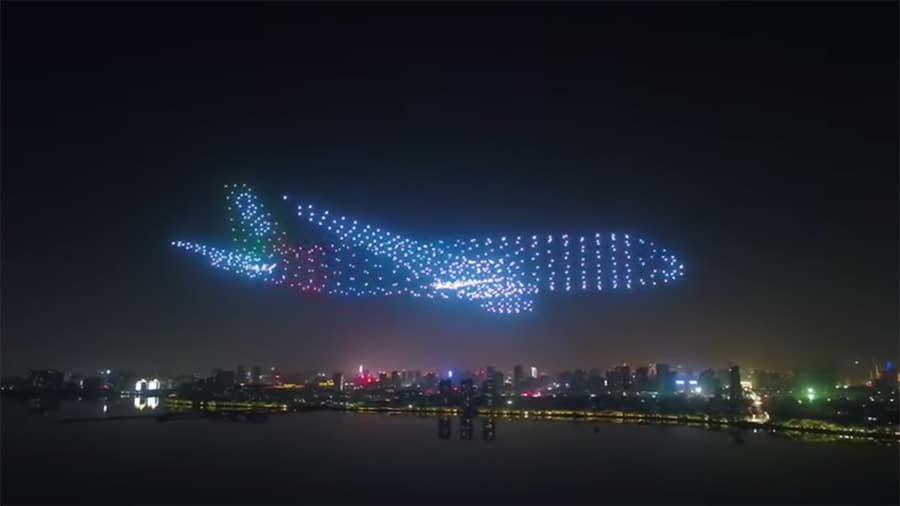
· ·Image Creation
After being amplified numerous times, these electrons are projected onto a phosphor screen, making the fragile light source appear bright.
· ·Viewing in Night Vision Drone
The drone operator receives the generated image, which is frequently viewed in green tones. This allows viewing in situations where it would be too dark otherwise.
Drones are equipped with thermal or infrared cameras.
As an alternative, some drones are equipped with thermal or infrared cameras. These cameras do not rely on visible light; instead, they detect heat, or thermal radiation, released by objects.
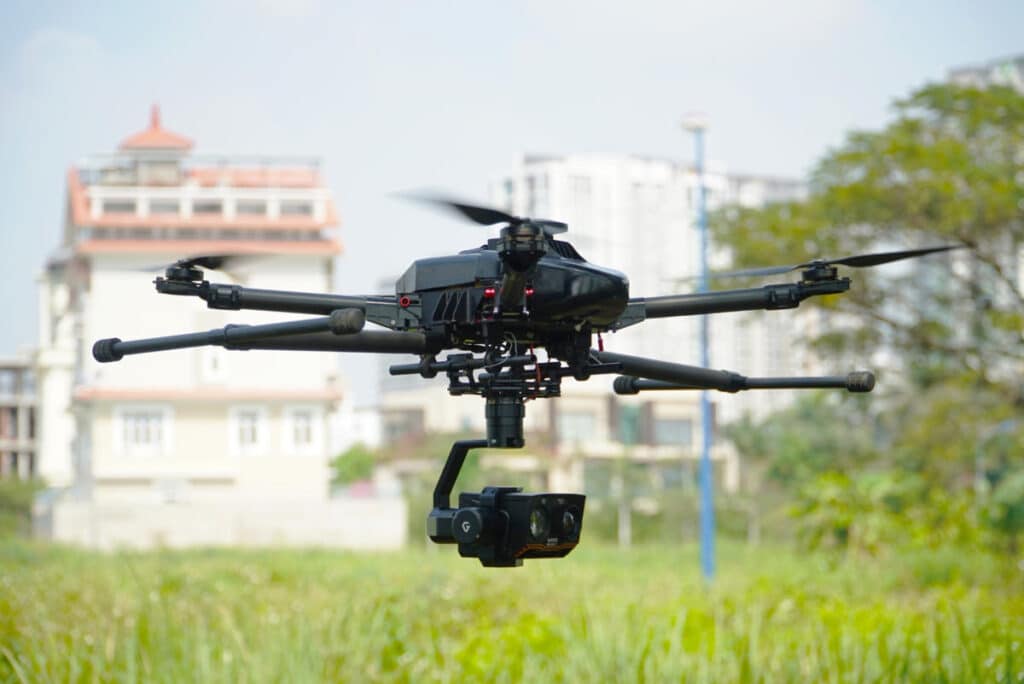
What is a Night Vision Drone Camera Used For?
Drones’ night vision cameras increase drones’ capabilities, enabling them to function well in dim or dark environments. These cameras are essential in several industries, including cinematography and security.
Both cinematography and photography
· ·Event Coverage
Night vision drone with night vision are ideal for taking pictures and recording films at late-night events, such as weddings or parties. They can offer distinctive overhead views that, in a manner not possible with standard cameras, highlight the event’s vibe.

· ·Film Production
Night sequences are crucial to setting the correct tone and atmosphere in the film industry. Night vision drones improve visual storytelling in films and advertisements by capturing aerial images that would be challenging or impossible to obtain in other circumstances.
Protection and Monitoring
· ·Perimeter Surveillance
Jails, power plants, and shopping centers frequently need ongoing surveillance to maintain security. Drones with vision capabilities may efficiently patrol these boundaries at night, sending security teams real-time video feeds and perhaps identifying intruders.

· ·Monitoring the Site
Important machinery and materials are frequently left on construction sites overnight. Drones with night vision assist in monitoring these locations after hours to prevent and identify theft and vandalism.
Law enforcement and Public Safety
· ·Crime Scene Analysis
Under cover of darkness, law enforcement organizations use night vision drones to collect aerial views of crime scenes. This capacity is essential for gathering evidence and comprehending the layouts of crime scenes without disturbing prospective evidence.

· ·Search and Rescue
Traditional methods are less effective in low-light conditions, which arise during nighttime search and rescue operations. Drones with night vision capabilities can monitor criminals or find missing people, giving rescue personnel vital information.
· ·Firefighting Support
Drones equipped with thermal imaging cameras can identify heat sources, making it easier for firefighters to locate hotspots in a fire, even at night. This technology allows fire personnel to safely monitor the situation and see through the smoke.
Exams
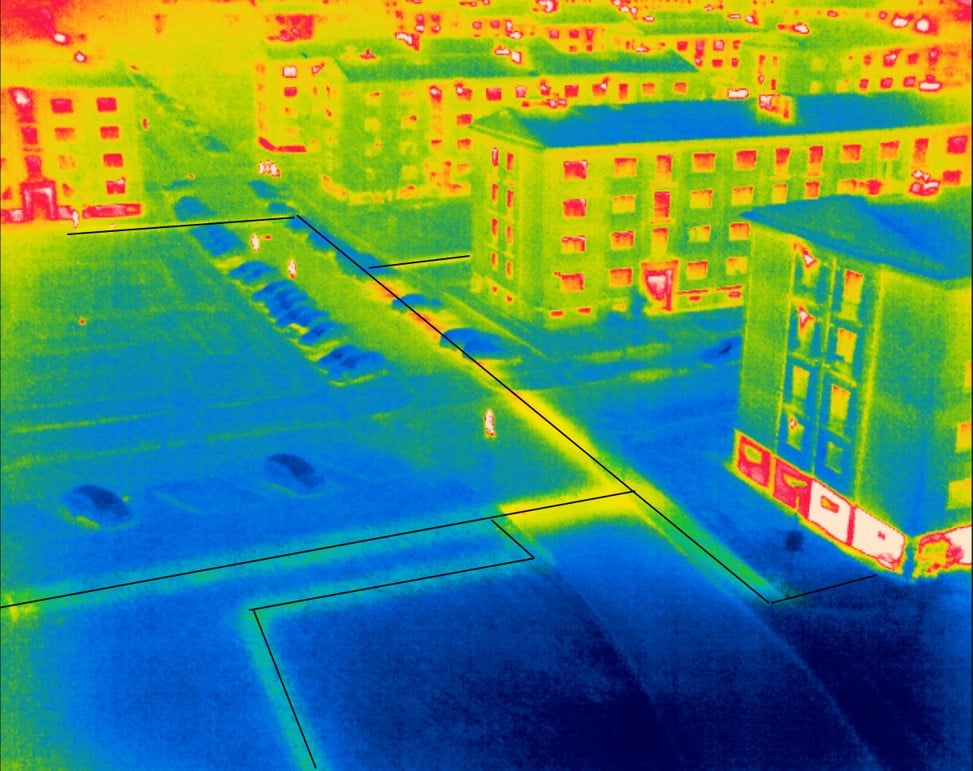
· ·Building Inspections
Nighttime inspections, particularly with thermal imaging, can occasionally yield more readable results. Drones with night vision detect defects in insulation and heat leaks by contrasting a structure’s outside temperature with the night air’s lower temperature.
Wildlife researchers utilize night vision drones to examine nocturnal animal behavior without upsetting the animals. This helps with wildlife monitoring, behavioral studies, and poaching prevention. Furthermore, these drones are essential to the fight against poaching, particularly in isolated locations that are difficult for patrols to access.
· ·Post-Disaster Monitoring
Drones monitor wildlife populations’ recovery and assess the damage to animal habitats following natural catastrophes such as forest fires. They can reach inaccessible locations and bring medical supplies to injured animals.
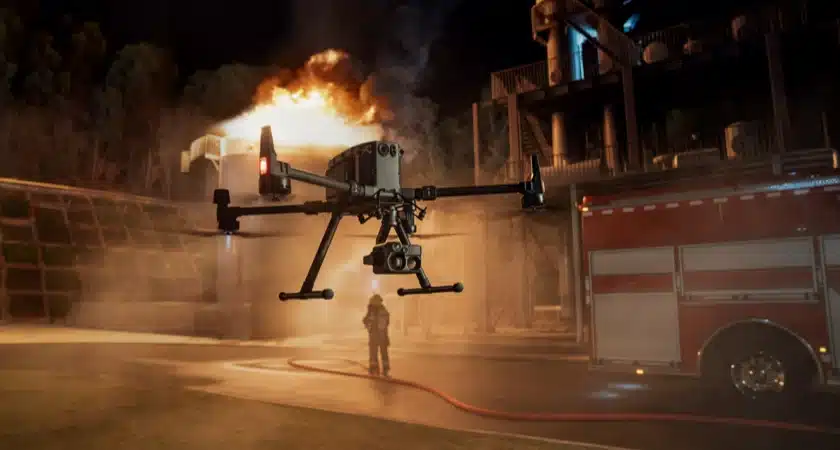
Drones with Night Vision: Safety Tips
Improve Your Visibility with the Right Lighting
Make sure your night vision drone has enough lights so you can operate it safely at night. To comply with FAA regulations, drones should be equipped with bright lights like the Lume Cube, which can be seen from a distance of at least three miles. Please ensure the built-in lights are sufficient because they frequently fall short of the required levels of visibility.
Continue to Make Eye Contact
Make sure your drone is always in line of sight. Use excellent onboard lighting and have visual observers assist in tracking its whereabouts. Choose to fly in ambient illumination regions, but be aware of any possible interference.
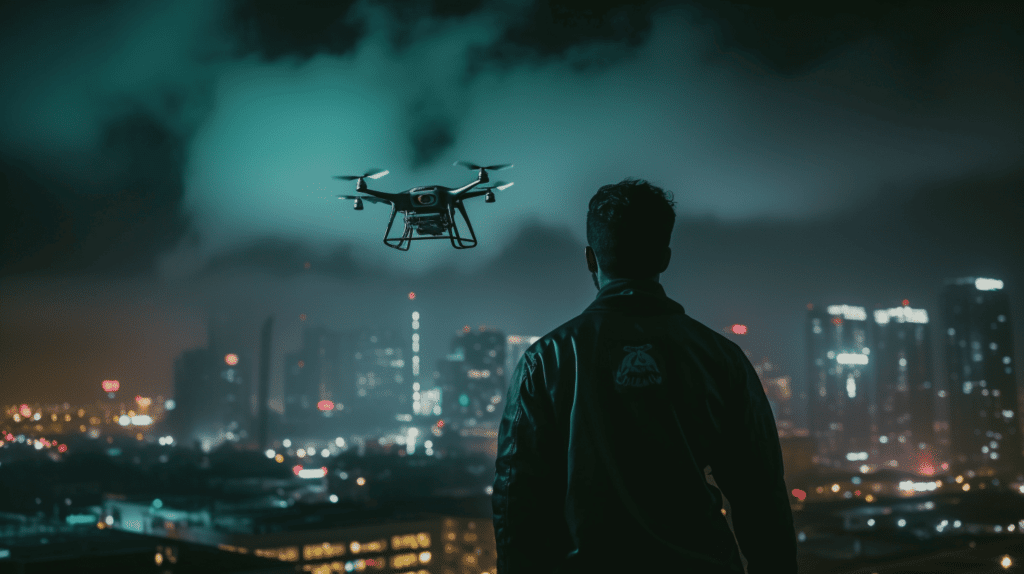
Become acquainted with the surroundings.
Find out the location you’ll be flying in at night. Identify probable dangers and plan your flight path to avoid crowded airspaces and altitudes above 400 feet.
Track the status of the aircraft.
Use the on-screen indicators and navigation lights to keep track of direction and altitude. When flying at night, reduce the ceiling height and be ready for anything unexpected, like a broken connection or a light going out.
Employ Edgy Technology in Night Vision Drone
Drones with infrared cameras and night vision can improve low-light visibility and obstacle recognition. These technologies, which offer crisper pictures, make safer night operations possible.
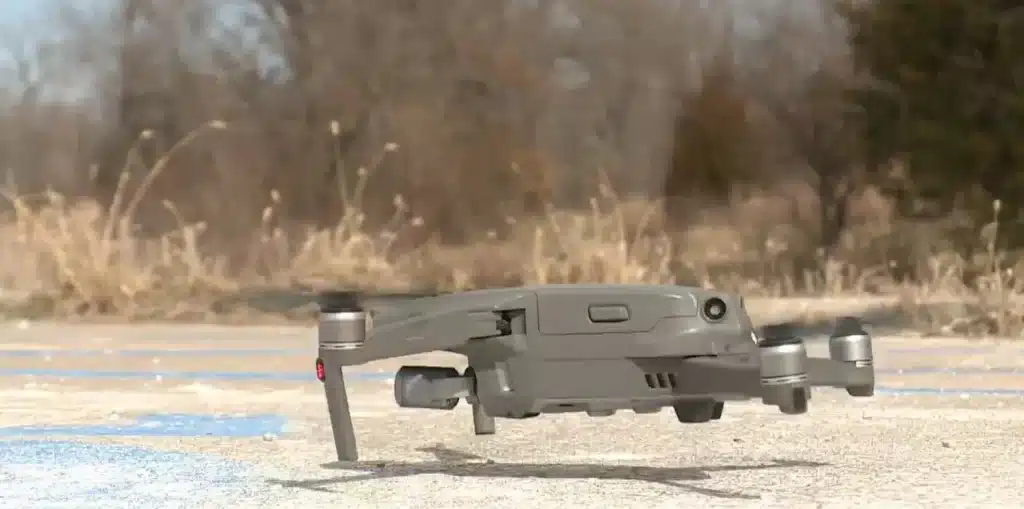
Final Thoughts: Night Vision Drone
Night vision drone capabilities transform how we view the world after dark by combining cutting-edge features that improve visibility and productivity. With sophisticated night vision cameras installed, these drones can take crisp pictures in dim or completely dark environments. They can also use thermal imaging to find imperceptible heat signatures in the naked eye. Superior situational awareness is ensured by the integration of digital zoom capabilities and thermal sensors, whether it is for law enforcement, search and rescue missions, or animal monitoring. Drone operators may receive real-time feedback thanks to high-quality night new drones 2023 drone cameras like the Zenmuse H20N, which also has safety features like laser rangefinders. These drones’ remarkable range increases their usefulness for public safety operations by enabling thorough aerial coverage of sizable regions.
In conclusion, night vision drones have significant advancements in drone technology, with their powerful features, thermal cameras, and increased vision capabilities. They are essential tools for a variety of vital applications. Enjoy a clear 13X night vision.


